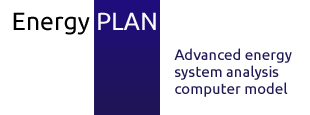Across the world, energy planners and transmission system operators are faced with decisions on how to deal with challenges associated with high penetration levels of intermittent energy resources and combined heat and power (CHP). At the same time, distributed plant operators are eager to reduce uncertainties related to fuel and electricity price fluctuations. These interests meet-up for options in distributed supply that introduces the principle of storage and relocation, typically by integrating heat pumps (HP) or electric boilers (EBs) into the operational strategies of existing CHP plants. This paper introduces the principle of storage and relocation by energy system design, and proposes for the storage and relocation potential of a technology option to be found by comparing options by their storage and relocation coefficient Rc, defined as the statistical correlation between net electricity exchange between plant and grid, and the electricity demand minus intermittent renewable electricity production. Detailed operational analyses made for various CHP options within the West Danish energy system, point to the concepts of CHP-HP and CHP-HP cold storage for effectively increasing energy system flexibility. For CHP-HP cold storage, Rc increases from 0.518 to 0.547, while the plant’s fuel efficiency increases from 92.0% to 97.2%. These findings are discussed within frameworks of renewable energy systems, suggesting principles for 1st, 2nd, and 3rd generation system designs.




